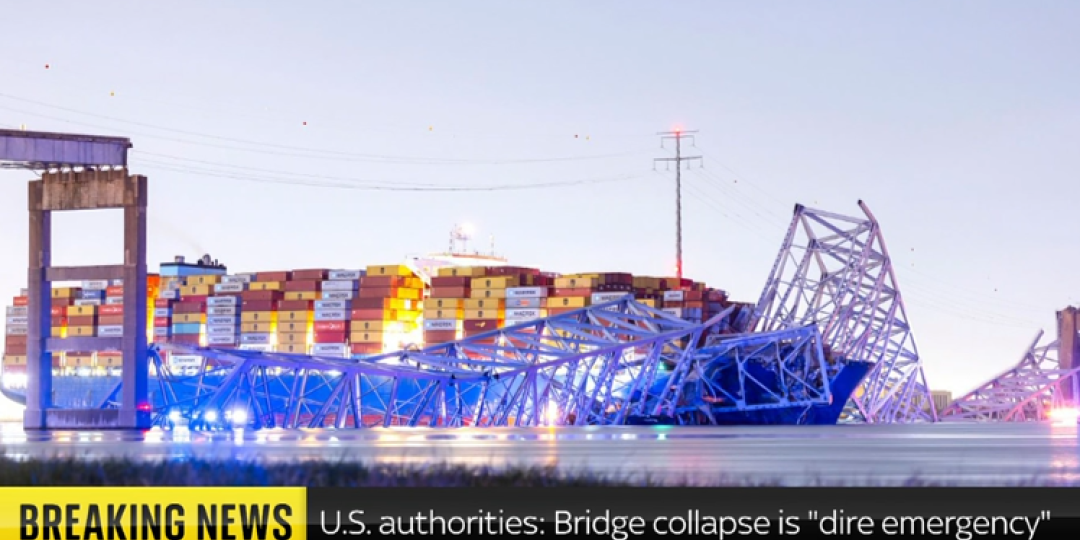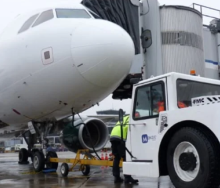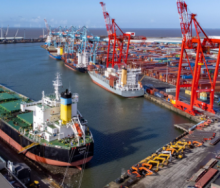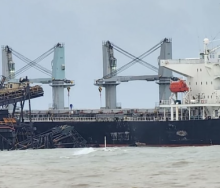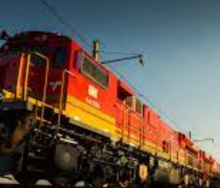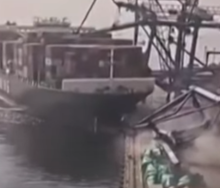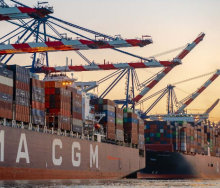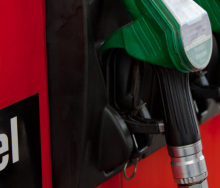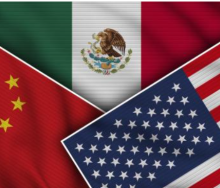A “mass casualty event” is unfolding in Baltimore after a container vessel crashed into a supporting pillar of the world’s third-longest continuous truss bridge, causing the entire Franscis Scott Key Bridge to collapse section by section into the Patapsco River.
The incident occurred at about 1:30am US Eastern Time when the 9,962 TEU vessel, Dali, laden with cargo and sailing to Colombo in Sri Lanka, collided with the bridge south-east of the Port of Baltimore.
About 20 people in several cars are believed to have been on the bridge at the time of the incident.
The Baltimore City Fire Department said it was searching for seven people in the water in the immediate aftermath.
The department’s spokesperson, Kevin Cartwright, said no reports of any fatalities had been received at the time this report was posted.
The crew of the 300m-long Singaporean-run vessel, owned by Grace Ocean Investment, also escaped unscathed.
The latest calamity to befall global shipping in the last 10 days – with three serious vessel collisions recorded – is expected to cause a serious port logjam, as most of Baltimore’s cargo terminals are north-west of the collapsed bridge.
Footage shared via social media shows the Dali approaching the western section of the bridge, ramming into its left supporting pillar (looking north).
In the ensuing collision, the left and middle sections of the bridge collapsed into the water, before the right section also collapsed.
The calamity is the third incident of serious infrastructural damage caused by vessel collisions since the weekend of March 16-17.
On the Saturday of that weekend, tropical storm Megan drove a bulk ore carrier, Anikitos, into port-loading infrastructure at the manganese wharf of Groote Eylandt on Australia’s Gulf of Carpentaria.
The crash rendered completely ineffective the loading capability of Gemco mine, partly owned by South32 and Anglo American.
The following Sunday, several ship-to-shore cranes toppled over on to the quay, container stack and 14,000 TEU container vessel, YM Witness, after it collided with a pier at the Port of Kocaeli in Turkey.
The three incidents from the last 11 days mark one of the most serious periods in maritime safety.
- UPDATES AT 12:45 CAT:
Baltimore Fire Department Chief James Wallace reported that sonar scanning of the river had revealed several cars trapped underwater, resulting in focused sub-surface rescue efforts.
At first, it was thought that an earthquake struck Baltimore, such was the force of the fully laden vessel ramming into the bridge.
Within the first hour or so after the incident, first responders managed to lift two people from the frigid water of the Patapsco. One refused emergency treatments. Another was admitted in a very serious condition, Wallace said.
A vessel expert told Sky News that a heavily laden vessel such as the Dali needs about seven knots or more (13km p/hour+) to travel independently of tug boat assistance.
Considering that the Dali had no tugs alongside it at the time of the collision, it can be assumed that it had been sailing independently with enough mass-movement velocity to fail at short-breaking before ramming into the 2.57km-long bridge.
It’s not the first time that the Dali has been involved in colliding with a bridge.
According to Shipwreck Log, “the meter long, 111,032 dwt container ship Dali collided with the quay at Antwerp, Belgium.
“The Dali was attempting to leave the container terminal for Bremerhaven when the bow of the box ship swung around, causing the stern to scrap along the quay.
“The box ship sustained significant damage to several meters of its hull. No reports of injuries or pollution have been detected. Reports state that Dali was detained in Antwerp after the incident.”
Wallace said no fuel pollution scare has been reported as yet.
Although the Dali has been reporting as listing to its portside, it doesn’t appear to be taking on water.
Maersk has since confirmed that it’s chartering the Dali. It has also been reported that workers were on the bridge at the time of the accident.
